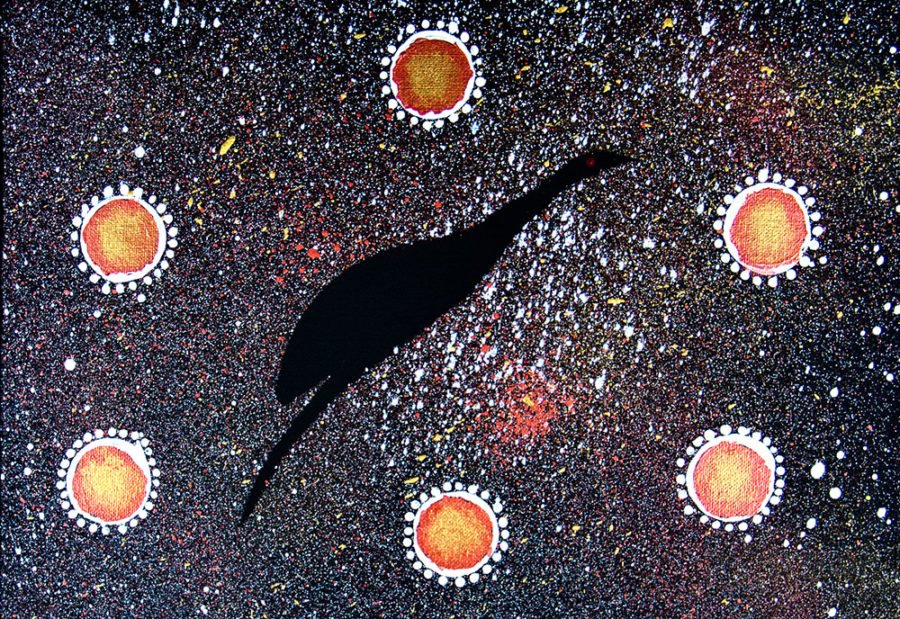Uncountable Stars in the Southern Sky: Exploring the Diversity of Aboriginal Tribes in Australia
Uncountable Stars in the Southern Sky: Exploring the Diversity of Aboriginal Tribes in Australia

Australia, a land of vast landscapes and ancient stories, is also home to a rich tapestry of Aboriginal cultures, each with its own unique language, traditions, and connection to the land. While the exact number of Aboriginal tribes remains a complex and evolving question, it’s a testament to the incredible diversity and resilience of Indigenous Australians.
The Complexity of Counting Tribes
Related Articles: Uncountable Stars in the Southern Sky: Exploring the Diversity of Aboriginal Tribes in Australia
- Australia’s Linguistic Tapestry: A Blend Of Official And Unofficial Tongues
- Aboriginal Vs IndigenousTitle
- A Journey Through Meaning: Exploring Beautiful Aboriginal Girl Names
- Embrace The Outback: Creating A Thriving Australian Native Garden
- A Taste Of The Tropics: Exploring Australia’s Diverse Fruit Bounty
The very notion of "tribe" can be a complex one, often carrying historical and colonial baggage. Aboriginal cultures are not static entities but are dynamic and fluid, with intricate relationships and connections across vast territories. There is no single, universally agreed-upon definition of a "tribe," and the term itself can be seen as an oversimplification of the intricate social and cultural structures that exist within Indigenous Australia.
Furthermore, the impact of colonization has significantly disrupted traditional ways of life, leading to the loss of languages, cultural practices, and even the very definition of what constitutes a "tribe" in the contemporary context. Many Indigenous communities today identify with multiple groups, making it challenging to assign a single label to their cultural affiliation.
The Legacy of Colonization and the Impact on Tribal Identity
The arrival of European colonists in Australia had a profound and devastating impact on Aboriginal communities. The forced removal of children from their families, the suppression of languages and cultural practices, and the destruction of traditional land ownership systems all contributed to a loss of cultural knowledge and a fragmentation of tribal identities.
Despite these challenges, the spirit of Indigenous culture has endured. Aboriginal people have fought tirelessly to preserve their languages, traditions, and connection to their ancestral lands. The ongoing process of reclaiming cultural identity and rebuilding communities is a testament to their resilience and determination.
The Importance of Recognizing Diversity
The diversity of Aboriginal cultures is a source of immense strength and resilience. Each tribe has its own unique language, stories, and traditions, reflecting the rich and diverse tapestry of Indigenous Australia.
A Glimpse into the Diversity:

While a precise count of Aboriginal tribes is impossible, we can explore the vastness of their cultural landscape through examples:
- The Yolngu: Known for their intricate bark paintings and their deep connection to the land, the Yolngu people inhabit the Arnhem Land region in the Northern Territory.
- The Warlpiri: Renowned for their intricate sand drawings and their strong cultural traditions, the Warlpiri people live in the Tanami Desert in the Northern Territory.
- The Wiradjuri: With a rich history and culture, the Wiradjuri people are spread across a vast territory in New South Wales.
- The Ngunnawal: The traditional custodians of the Canberra region, the Ngunnawal people have a deep connection to the land and its stories.

These are just a few examples of the diverse array of Aboriginal tribes that exist across Australia. Each tribe holds its own unique cultural heritage, a testament to the rich and vibrant history of Indigenous Australia.
The Ongoing Struggle for Recognition and Reconciliation
The journey towards reconciliation between Indigenous and non-Indigenous Australians is an ongoing process. Recognizing the diversity of Aboriginal cultures and their inherent value is essential for achieving a just and equitable society.

Moving Forward: Embracing Diversity and Respect
It is vital to approach the question of how many Aboriginal tribes exist with sensitivity and respect. The focus should be on understanding the complexity of Indigenous cultures and celebrating their diversity. By embracing the richness and diversity of Aboriginal traditions, we can contribute to a more inclusive and equitable future for all Australians.
FAQ about How Many Aboriginal Tribes Are in Australia
Q: Why is it difficult to determine the exact number of Aboriginal tribes in Australia?
A: The definition of a "tribe" is complex and can vary depending on cultural perspectives and historical context. The impact of colonization has also disrupted traditional ways of life, leading to the loss of languages, cultural practices, and a fragmentation of tribal identities.
Q: Are there any estimates of the number of Aboriginal tribes in Australia?
A: While there is no definitive count, some estimates suggest that there could be hundreds, if not thousands, of distinct Aboriginal groups in Australia.
Q: How can I learn more about the different Aboriginal tribes in Australia?
A: There are numerous resources available, including books, documentaries, websites, and museums. Engaging with Indigenous communities and attending cultural events is also a valuable way to learn and appreciate the diversity of Aboriginal cultures.
Q: What is the importance of recognizing the diversity of Aboriginal tribes?
A: Recognizing the diversity of Aboriginal cultures is essential for achieving a just and equitable society. It helps to foster understanding, respect, and appreciation for the rich and vibrant heritage of Indigenous Australia.
Q: How can I contribute to the ongoing process of reconciliation between Indigenous and non-Indigenous Australians?
A: Supporting Indigenous initiatives, learning about Aboriginal history and culture, and engaging in respectful dialogue are all important steps towards reconciliation.
The journey towards a deeper understanding of Aboriginal cultures is ongoing. By embracing the complexity and diversity of Indigenous Australia, we can contribute to a more just and inclusive society for all.

Closure
Thus, we hope this article has provided valuable insights into Uncountable Stars in the Southern Sky: Exploring the Diversity of Aboriginal Tribes in Australia. We appreciate your attention to our article. See you in our next article!